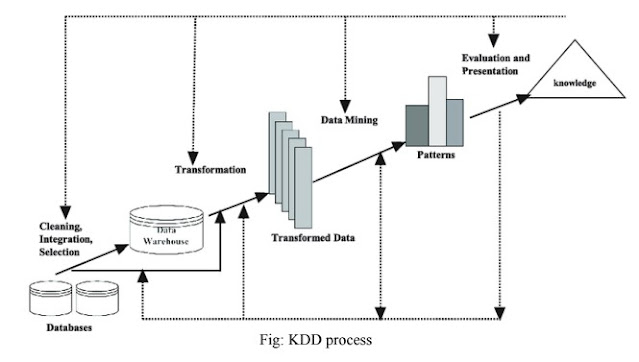Explain Data Warehouse Features /Characteristics / Nature of Data Warehouse.
Data Warehouse Features /Characteristics / Nature of Data Warehouse The key features of a data warehouse are: Subject-oriented: A data warehouse is organized around major subjects such as customer, supplier, product, and sales. Rather than concentrating on the day-to-day operations and transaction processing of an organization, a data warehouse focuses on the modeling and analysis of data for decision-makers. Hence, data warehouses typically provide a simple and concise view of particular subject issues by excluding data that are not useful in the decision support process. Integrated: A data warehouse is usually constructed by integrating multiple heterogeneous sources, such as relational databases, flat files, and online transaction records. Data cleaning and data integration techniques are applied to ensure consistency in naming conventions, encoding structures, attribute measures, and so on. Time-variant : Data is stored to provide information from a historic perspective ...


